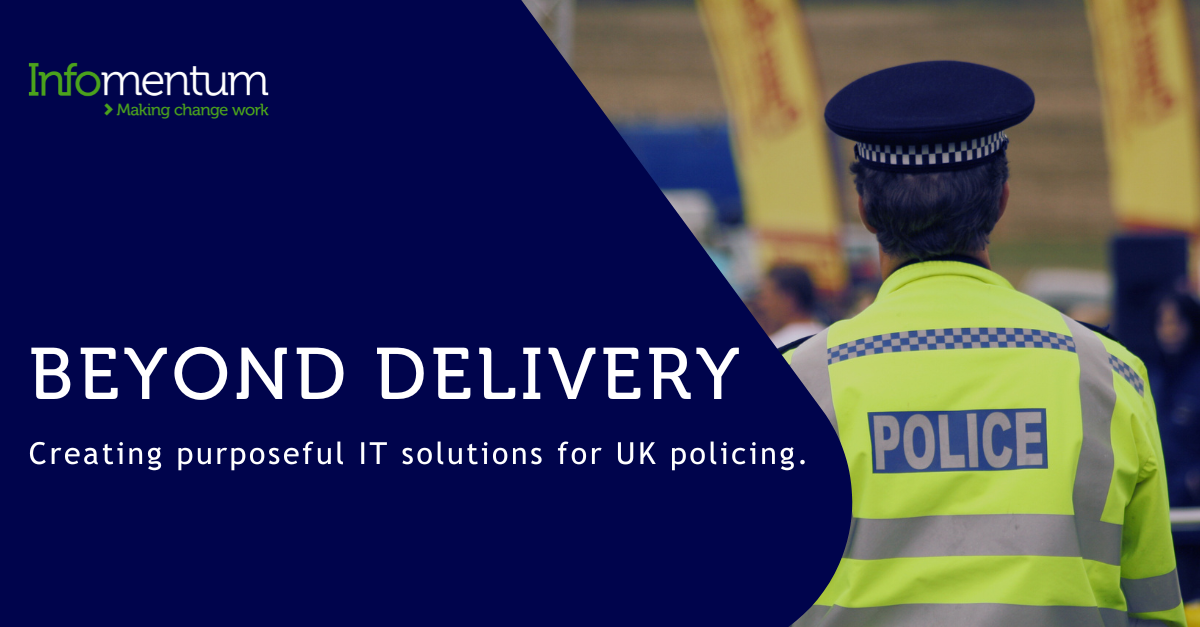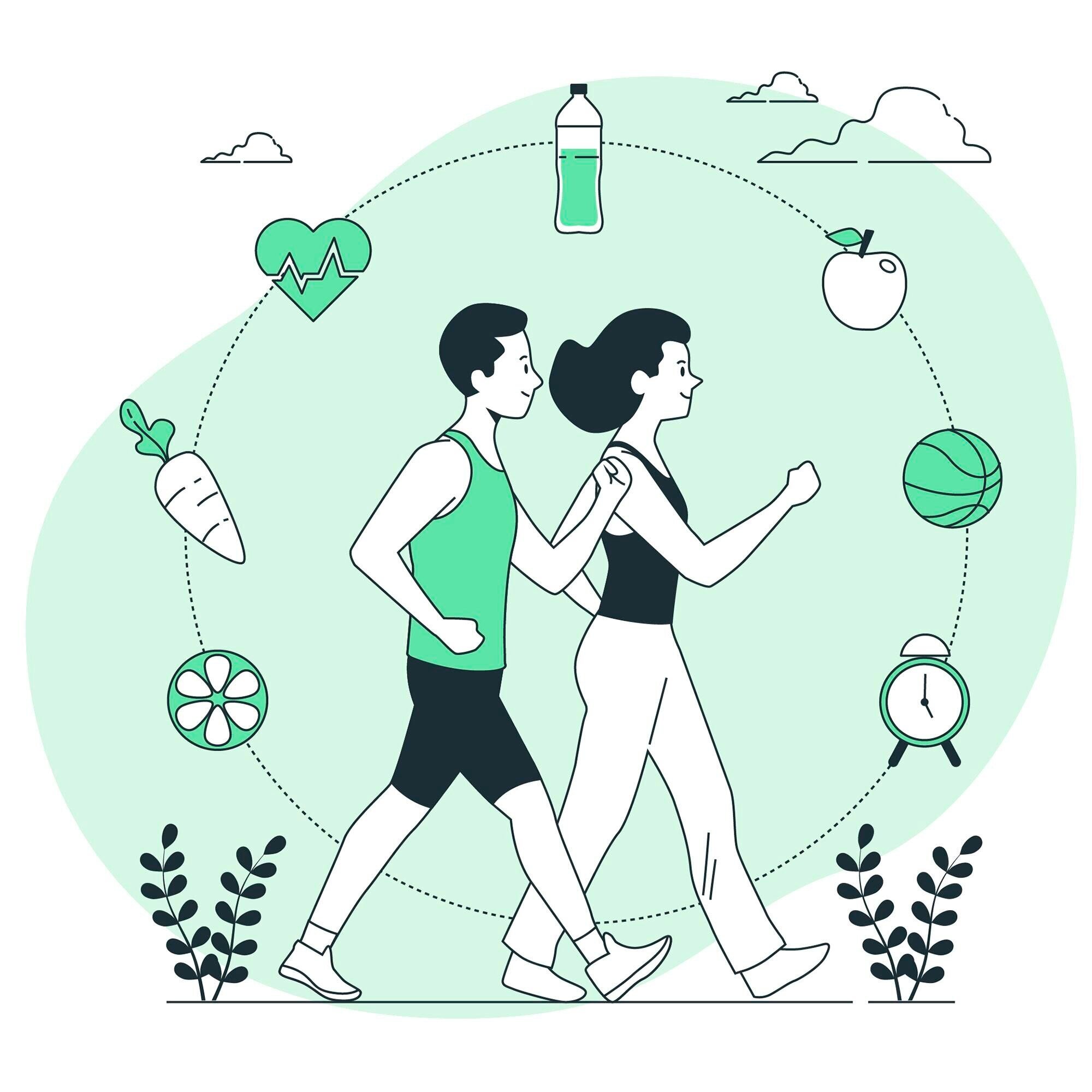Newton said that for every action, there is an equal and opposite reaction, and whilst the rise of hybrid working has undoubtedly had a positive impact on mental health (hello increased work-life balance, more autonomy and decreased commute-related stress and cost!) the pendulum swings both ways. Hybrid workers are equally challenged by isolation, silos and blurred boundaries.
So in the lead up to World Mental Health Day this October 10th, I wanted to shared three tips (tried and tested by the Infomentum team) to help limit the negative impact and leverage the positives.
Happy reading!
Tip one: Create meaningful opportunities for connection
Having formed some of my life-long friendships through work, I know just how powerful workplace connections can be - and how their absence could have an impact that echoes for years to come. Let’s not forget: we all know at least one couple who met at work and ended up building a life together.
Isolation leads to loneliness, and loneliness can have a profound impact on our mental health. Even those who live with partners, children, family, or housemates may still crave a different kind of connection - one that goes beyond the everyday and taps into a broader social network.
The antidote to this is in creating meaningful opportunities for connection with colleagues within and outside of working hours. Team building within immediate teams and outside of those teams is also important, and can create possibilities for cross-hierarchical, career-enhancing interactions.
The key to achieving this is to gain leadership buy-in and establish a team of enthusiastic planners from across the business to organise events. A variety of virtual and in-person events should be the endeavour, from work-focused to just for fun, or those that tie into key CSR (Corporate Social Responsibility) initiatives or internal programs. Our most recent event was a post-work axe throwing competition. Not only was this a great stress buster but it opened the door to some friendly competition and camaraderie.
.png?width=763&height=350&name=Charlie%20Article_Image%20(1).png)
Members of the Infomentum team at an axe-throwing social event
Not all events will capture everyone's imagination; however, by covering all bases, you increase the probability of creating interactions that could range from a welcome reprieve from daily life or the start of a blossoming work-pal relationship, reminiscent of Jim and Dwight (sans the inappropriate pranks, of course).
Tip two: Have regular check-in's
Check-ins are more than just a way to talk about tasks - they’re the bread and butter of keeping connected on a human level. In the absence of daily office chats or impromptu kitchen catch-ups, it’s easy to go days without a meaningful conversation at work. And when that happens, people can start to feel disconnected from their colleagues and their organisation.
Regular check-ins with managers, peers, and even a mental health champion can help fill this gap. These don't always have to be about work - in fact, the best ones usually aren’t. Just a simple "How are you really doing?" can go a long way in helping people feel seen and supported.
At Infomentum, we’ve seen the benefit of creating space for open conversations. Whether it’s a quick check-in, a scheduled quarterly 1:1, or a five-minute segue at the start of an EOS meeting, these moments help build trust, encourage openness, and allow us to spot when someone might need a little extra support.
Tip three: Set boundaries and stick to them
Hybrid working has blurred the line between home and work more than ever. And while flexibility is a huge benefit, it can quickly become a double-edged sword if boundaries aren’t clear - or respected.
We’ve all had that moment when we’ve checked emails late at night, or found ourselves “just finishing one last thing” beyond working hours. Over time, this always-on mentality takes a toll, making it harder to switch off and recharge.
We’ve learned that protecting mental health starts with setting (and modelling) healthy boundaries. That means:
- Encouraging people to log off on time and not praising overwork.
- Respecting non-working hours, even if your own schedule is flexible.
- Taking real breaks during the day away from your screen.
Leadership plays a big role here. When managers set clear boundaries and stick to them, it gives everyone else permission to do the same. And when boundaries are respected across the board, people feel safer, more balanced, and ultimately more content.
Wrap up
Hybrid working sure has introduced new challenges for workers, but by leveraging these tried and true tips, building on what we already know and thinking outside the box, we can move with grace into a new work landscape with thriving connections, empowering check-ins, and strong boundaries.
At Infomentum, we’re still learning, evolving, and experimenting with what works best, but we’re keeping mental health firmly in the centre and reiterating our message that mental health is just as important as physical health, and that honouring both creates the best chance for a healthy, happy hybrid workplace.







